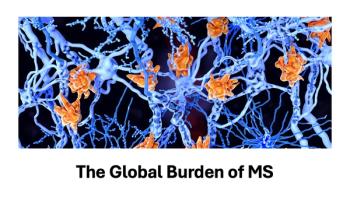
Overcoming Barriers to Access in Cell and Gene Therapy | Asembia’s AXS25 Summit
Joe DePinto from McKesson discussed the challenges facing cell and gene therapies, particularly around reimbursement, and highlighted successful strategies to speed up access. He also shared optimism for the future, with many products already achieving blockbuster status and more expected by 2030.
At this year’s Asembia Specialty Pharmacy Summit in Las Vegas, Joe DePinto, MBA, head of cell, gene, and advanced therapies at McKesson, spoke with editors about about the evolving landscape of cell and gene therapy (CGT) and the barriers that continue to slow its adoption.
Cell and gene therapies hold immense potential to treat, and even cure,some of the most serious and rare conditions.
However, many CGT products have experienced “slow starts” when brought to market.
DePinto pointed to reimbursement as one of the biggest hurdles. He shared the importance of developing a proactive strategy before launch to help payers and providers understand the product’s value and streamline the reimbursement process.
Helping patients navigate the reimbursement journey is another key factor. This includes ensuring that providers are equipped to handle prior authorizations, benefit verifications and approvals.
DePinto expressed that it’s important to understand “how the patients navigate that reimbursement journey so that we’re setting a strong foundation for that patient to get reimbursement for the product and the site of care to feel confident they can give it and get reimbursed.”
When asked whether any CGT products had successfully avoided a slow start, DePinto pointed to the industry’s growing list of commercial successes.
He noted that, according to the Alliance for Regenerative Medicine, five CGT products have already reached blockbuster status — each generating over $1 billion in cumulative revenue.
He added that the Alliance predicts at least 10 more could reach that milestone by 2030 as scientific progress and market readiness continue to advance.
DePinto also talked about the promise of evolving science, particularly in rare disease treatments.
As the field grows, both the science and market infrastructure are evolving to make these therapies more accessible.
This growing success is an encouraging sign for the future of cell and gene therapies, suggesting more widespread adoption is on the horizon.
While challenges around reimbursement and access persist, DePinto remains optimistic.
The growing number of success stories suggests that the field is learning and adapting.
Newsletter
Get the latest industry news, event updates, and more from Managed healthcare Executive.






















































